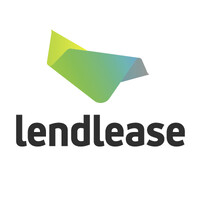
Mitsui Fudosan America
Mitsui Fudosan America, Inc. (MFA) is the US subsidiary of Japan's largest real estate company, Mitsui Fudosan Co., Ltd., a publicly-traded company with approximately $70 billion of assets. MFA is responsible for Mitsui Fudosan's real estate investment and development activities in North America, and is headquartered in New York, with branch offices in San Francisco, Los Angeles, Dallas and Honolulu. MFA has been an active investor in the United States since the 1970s, with a focus on the East and West Coasts and the Sun Belt. MFA's portfolio currently includes over 4,000 apartments, with an additional 6,000 units in development; almost 10 million square feet of commercial space, with over 4 million square feet in development; and over 740 hotel rooms.






